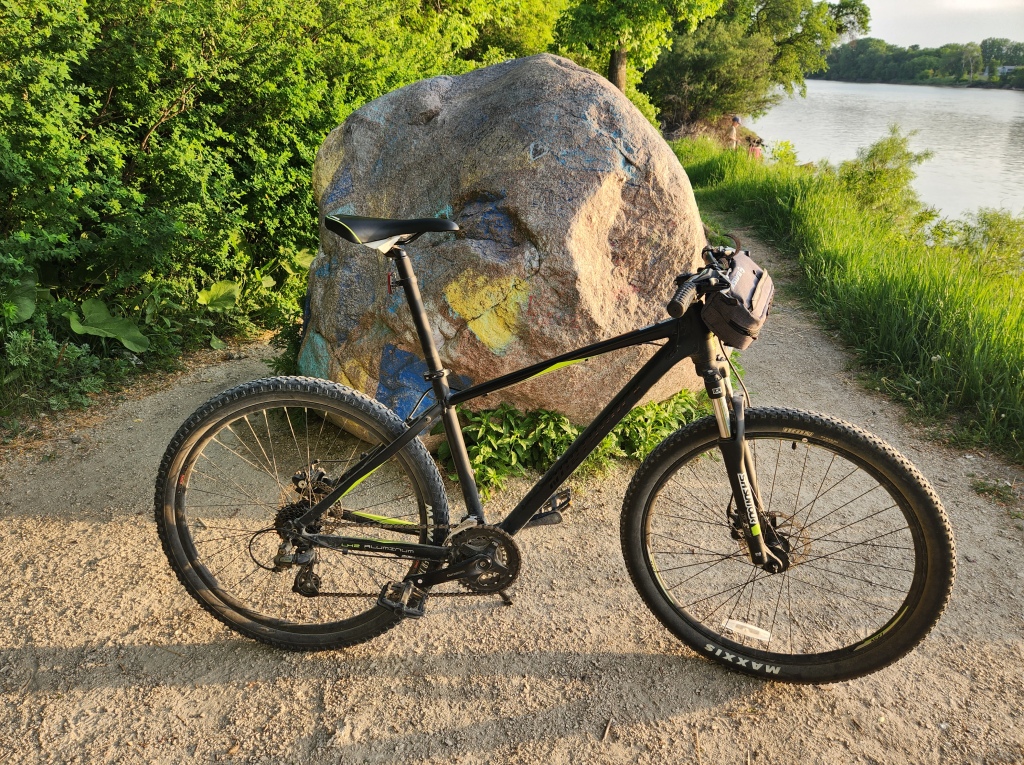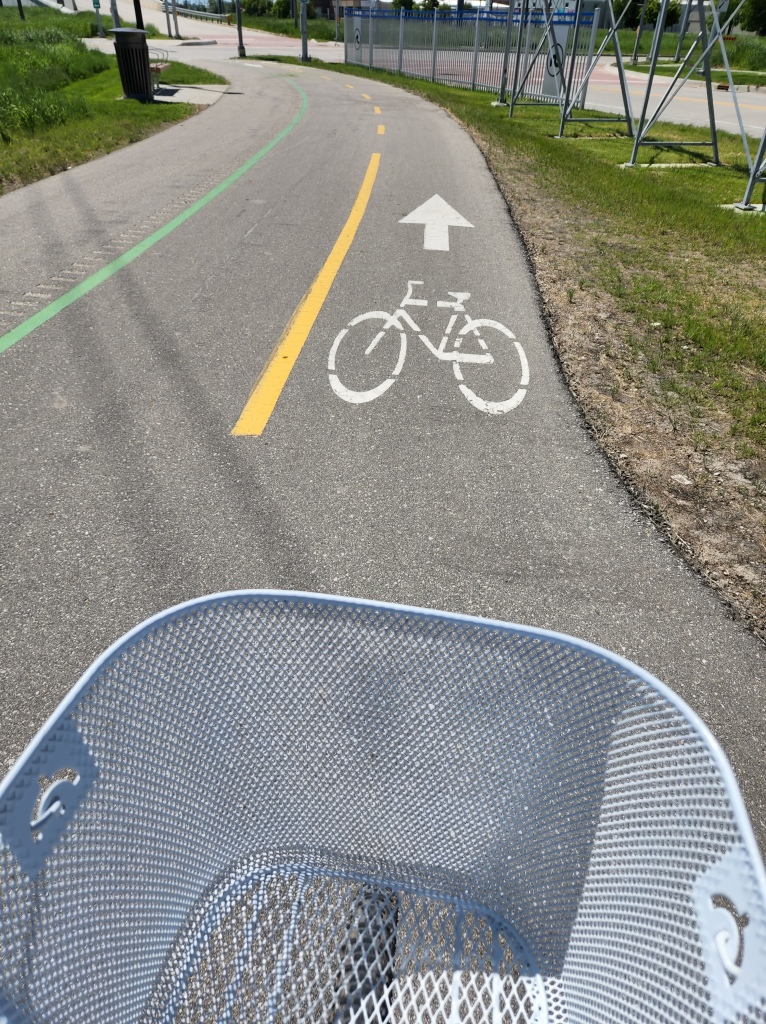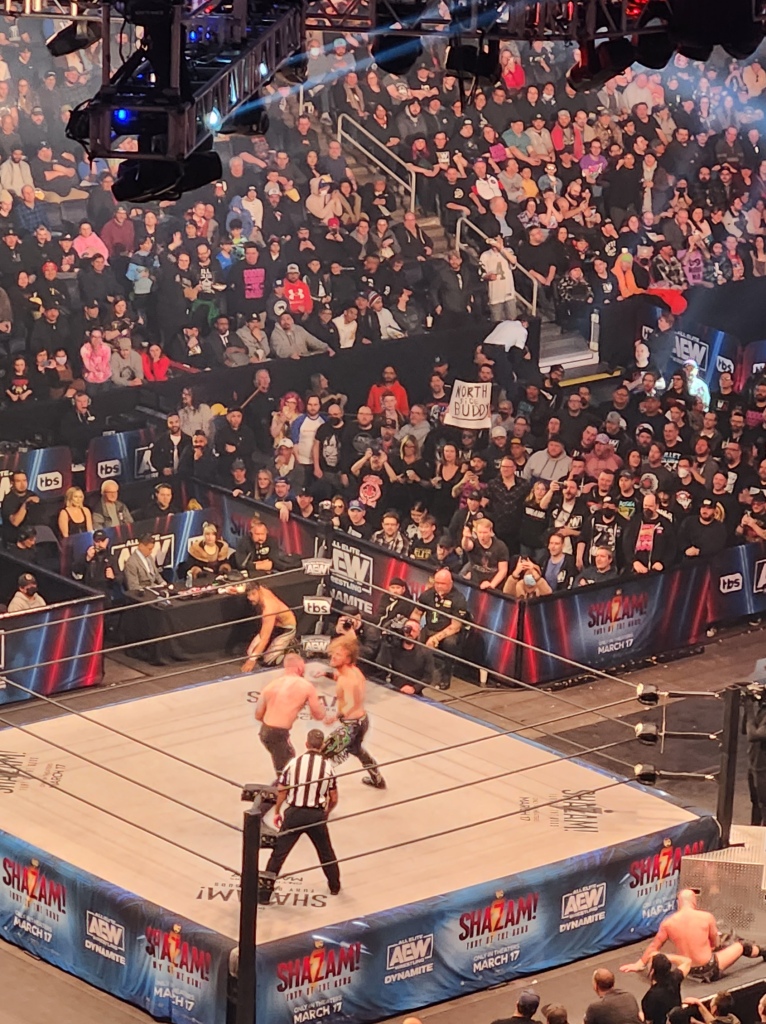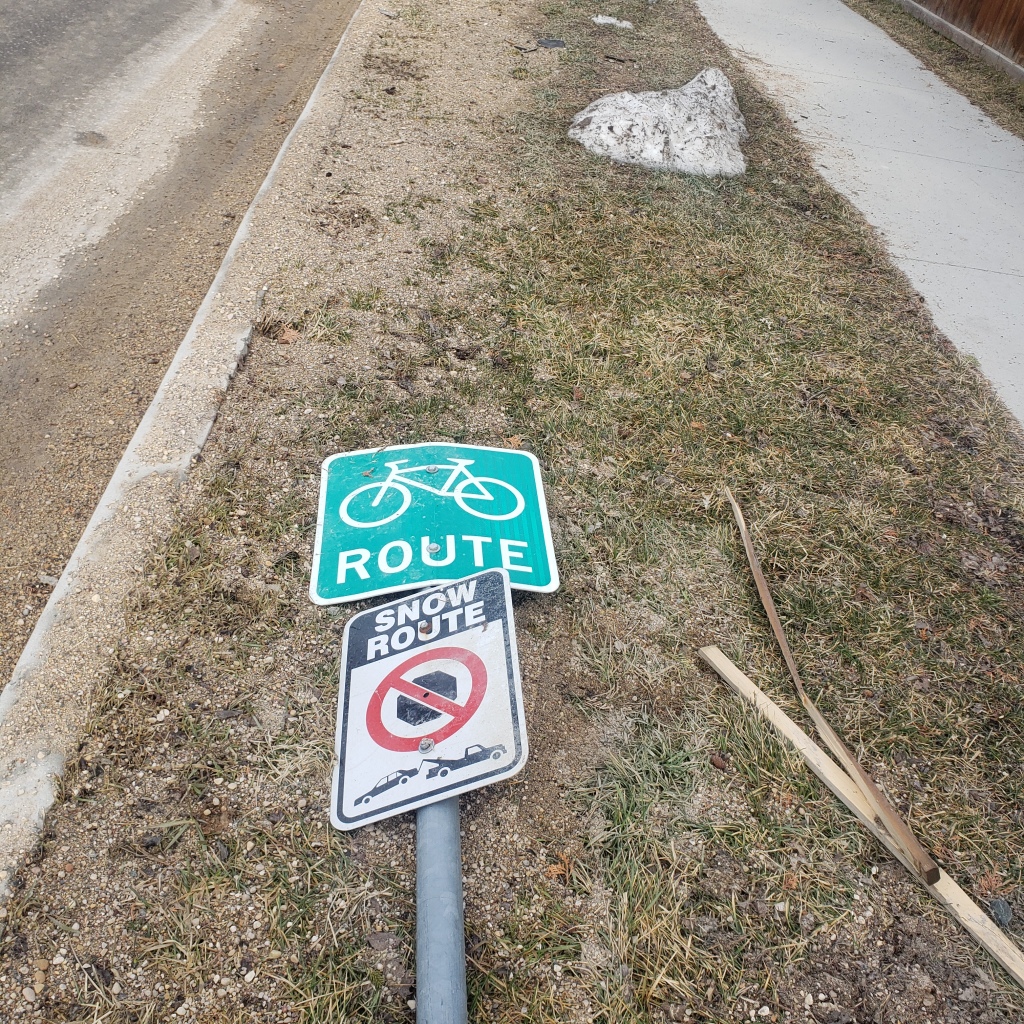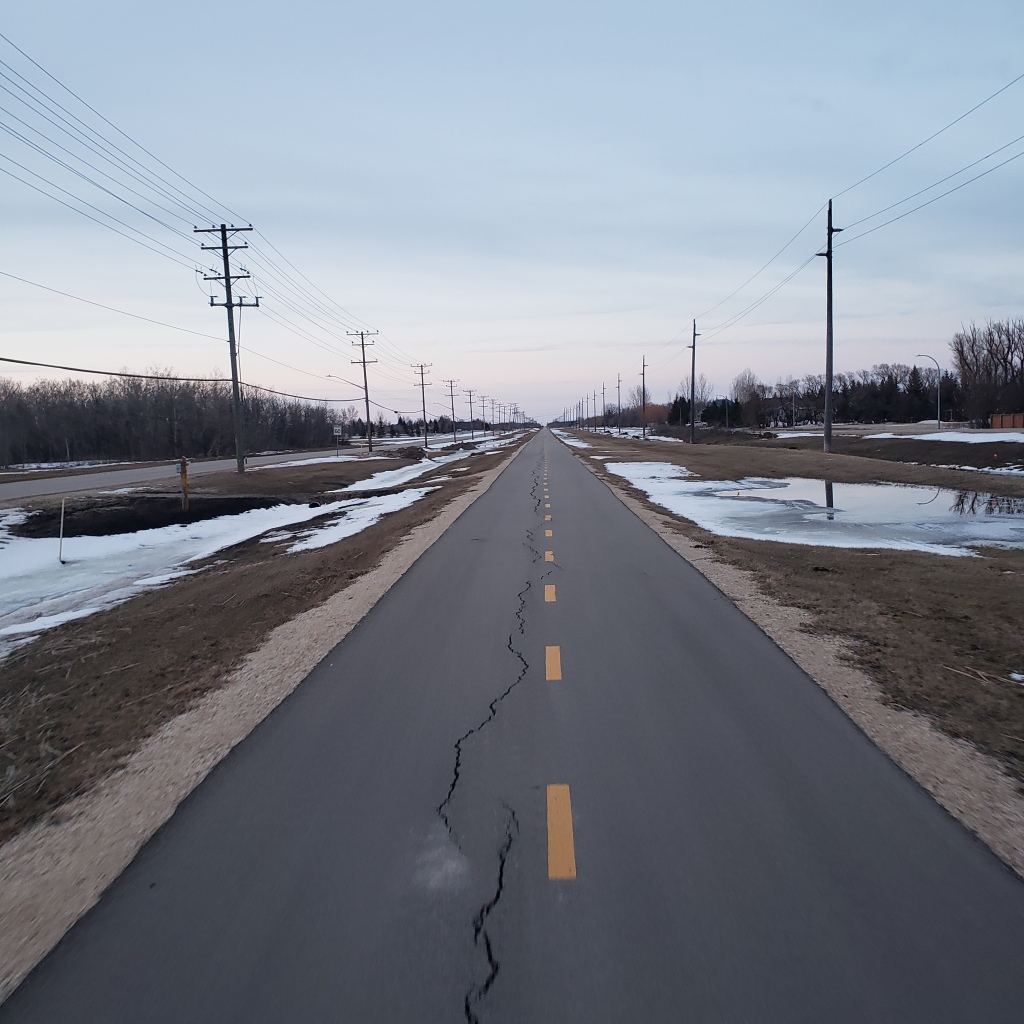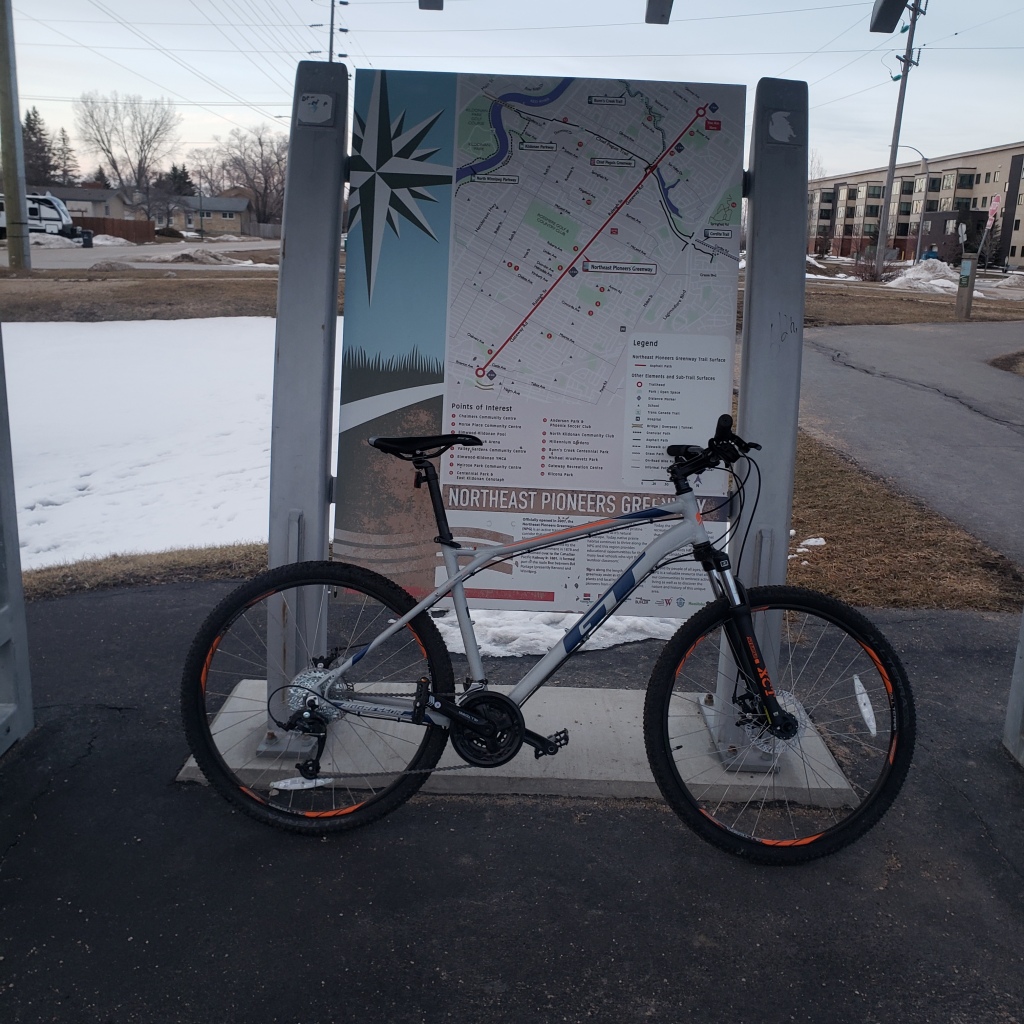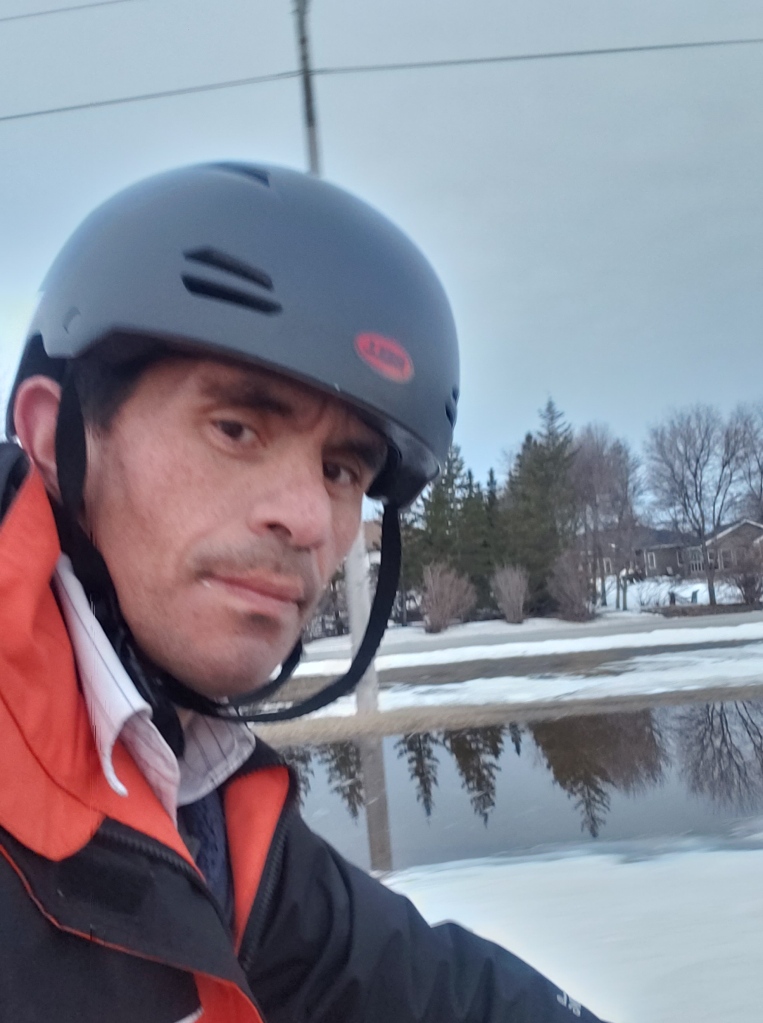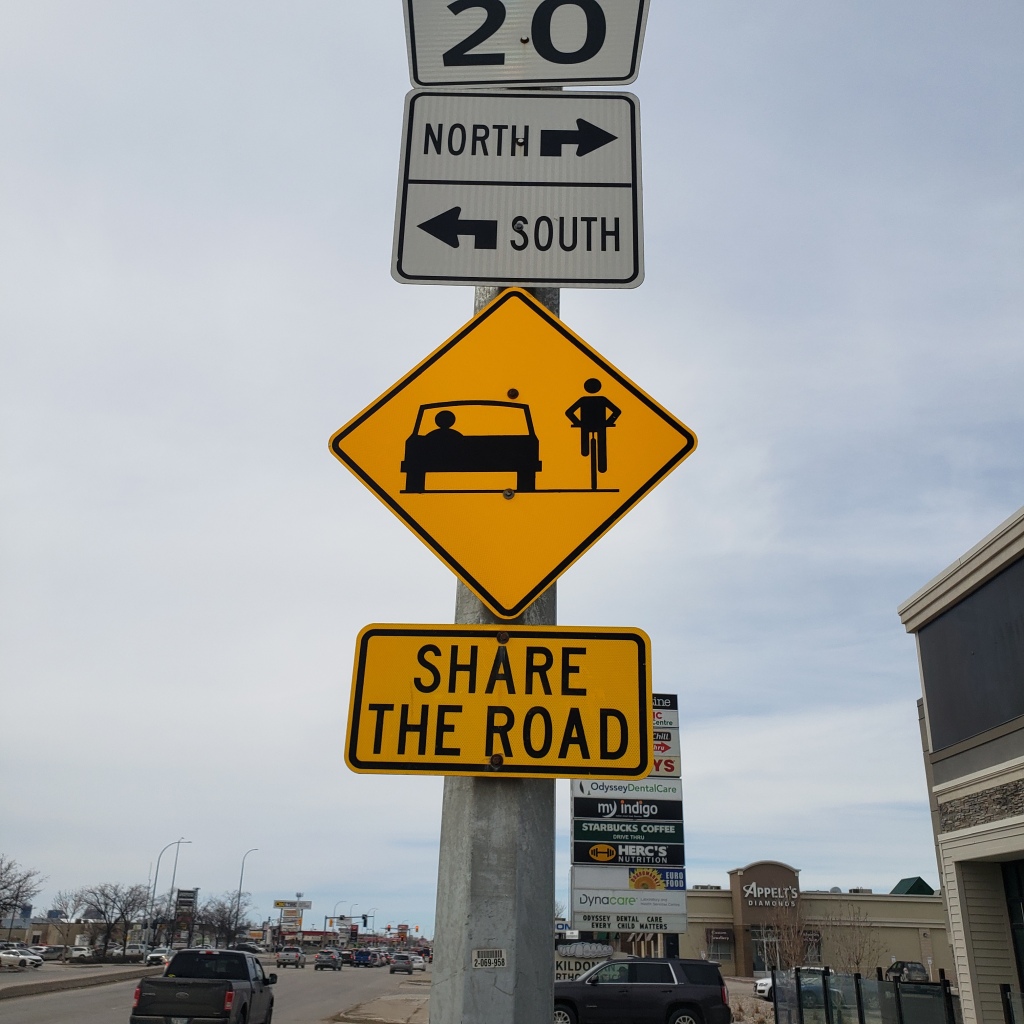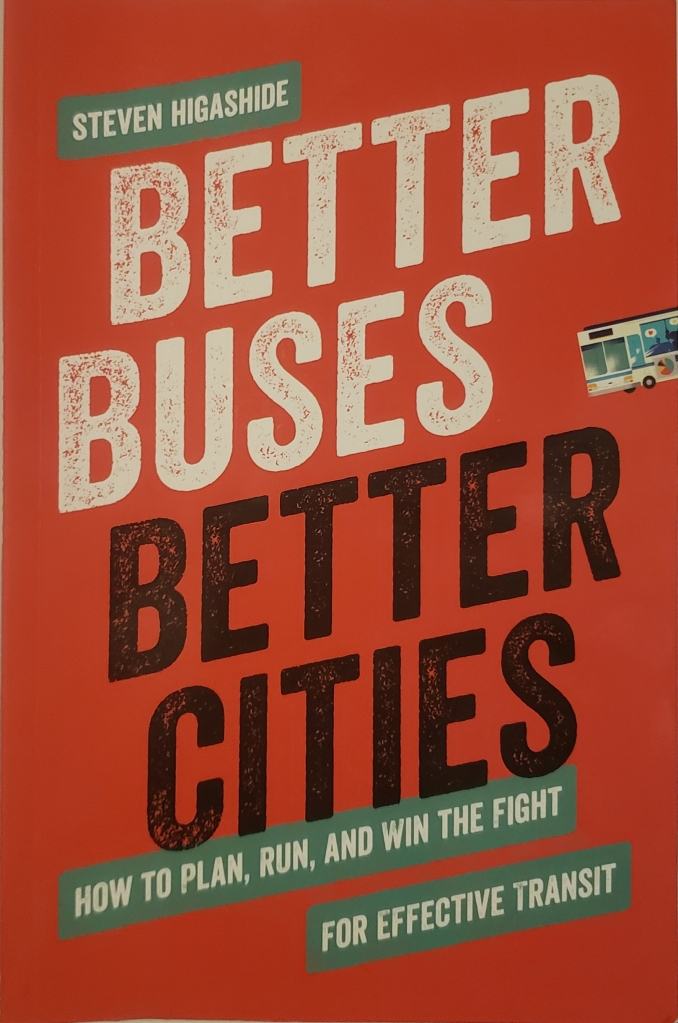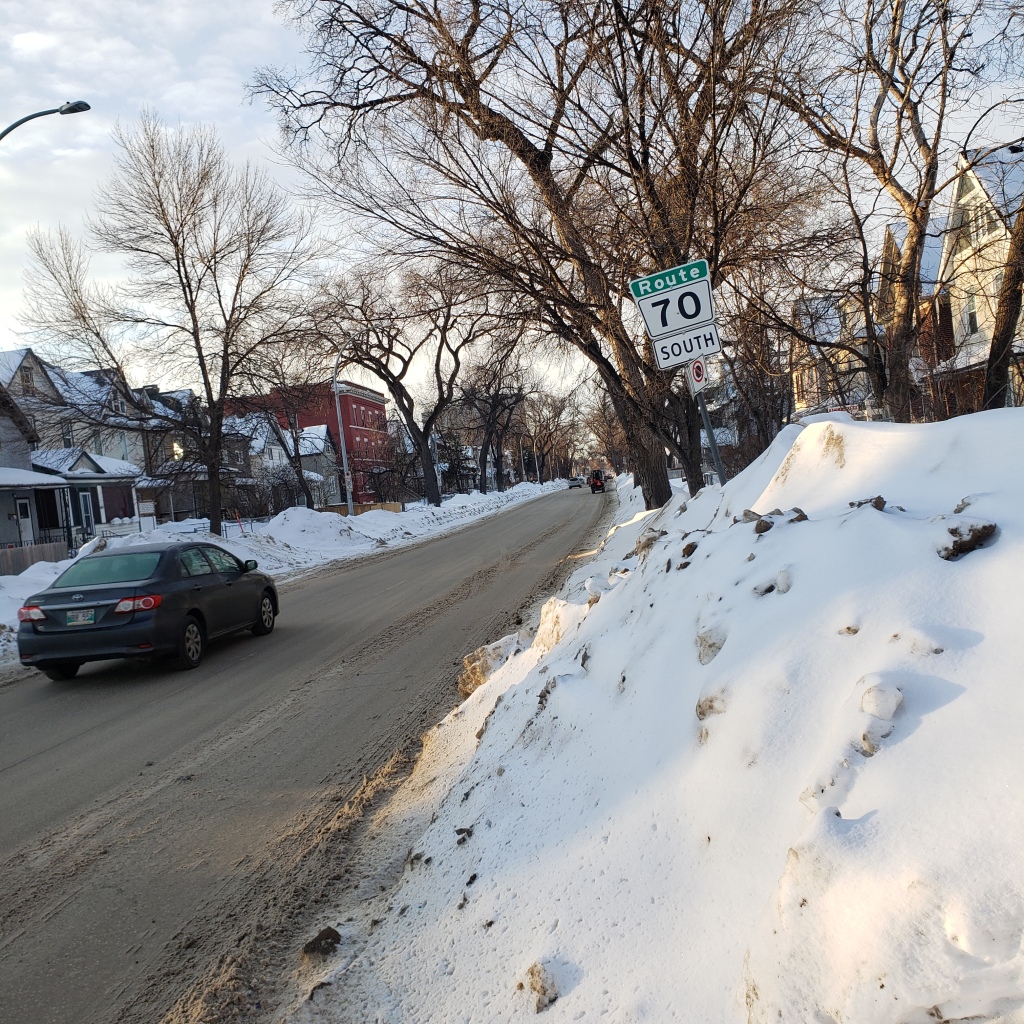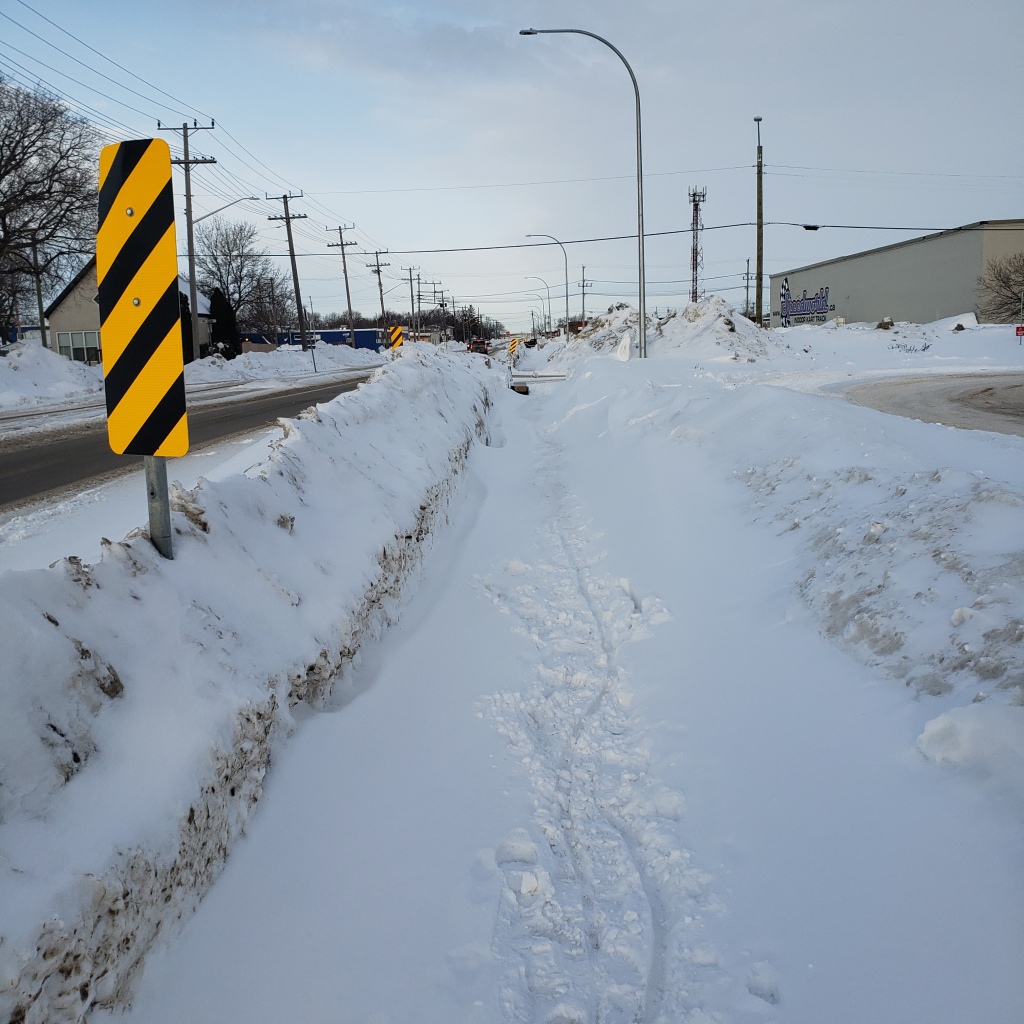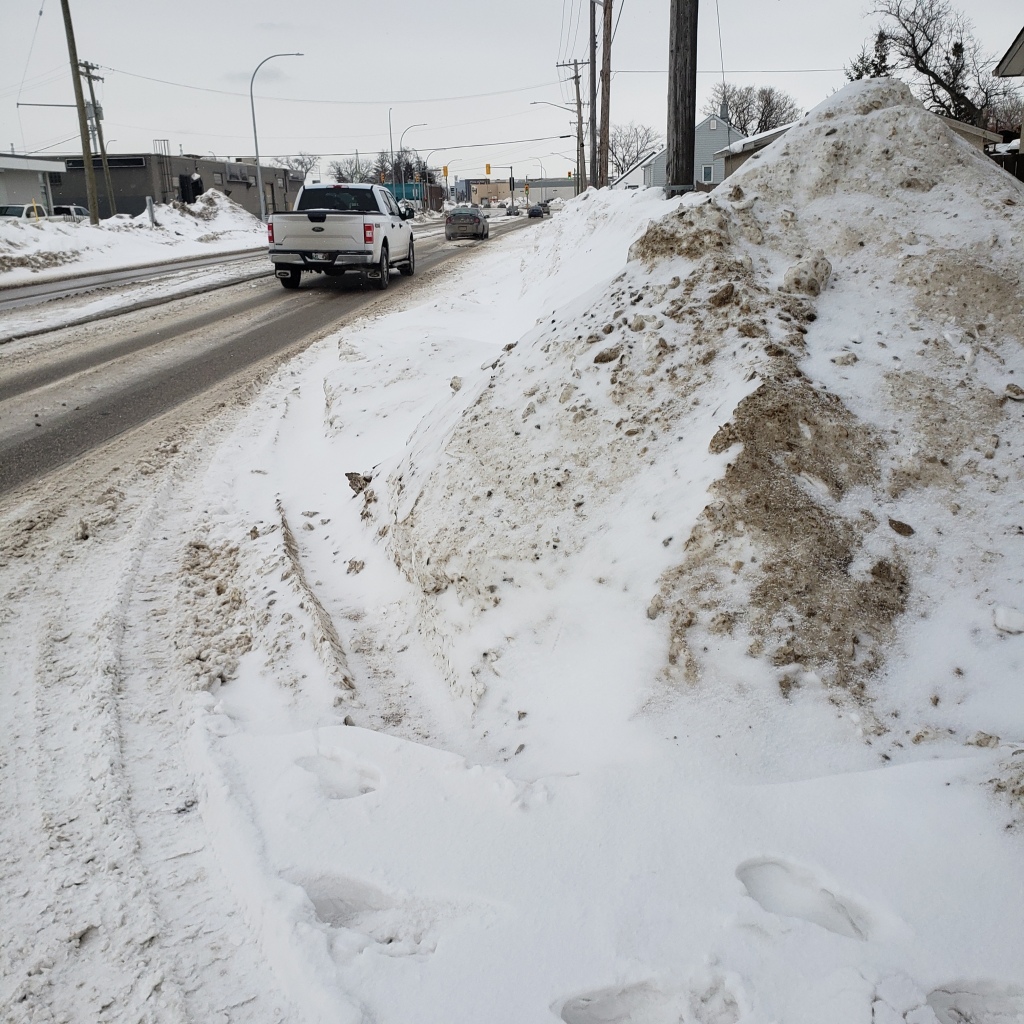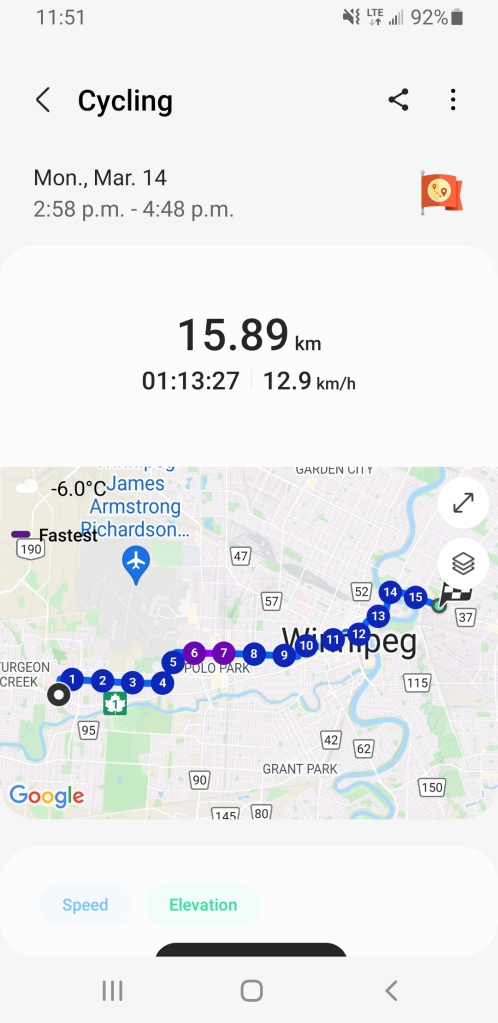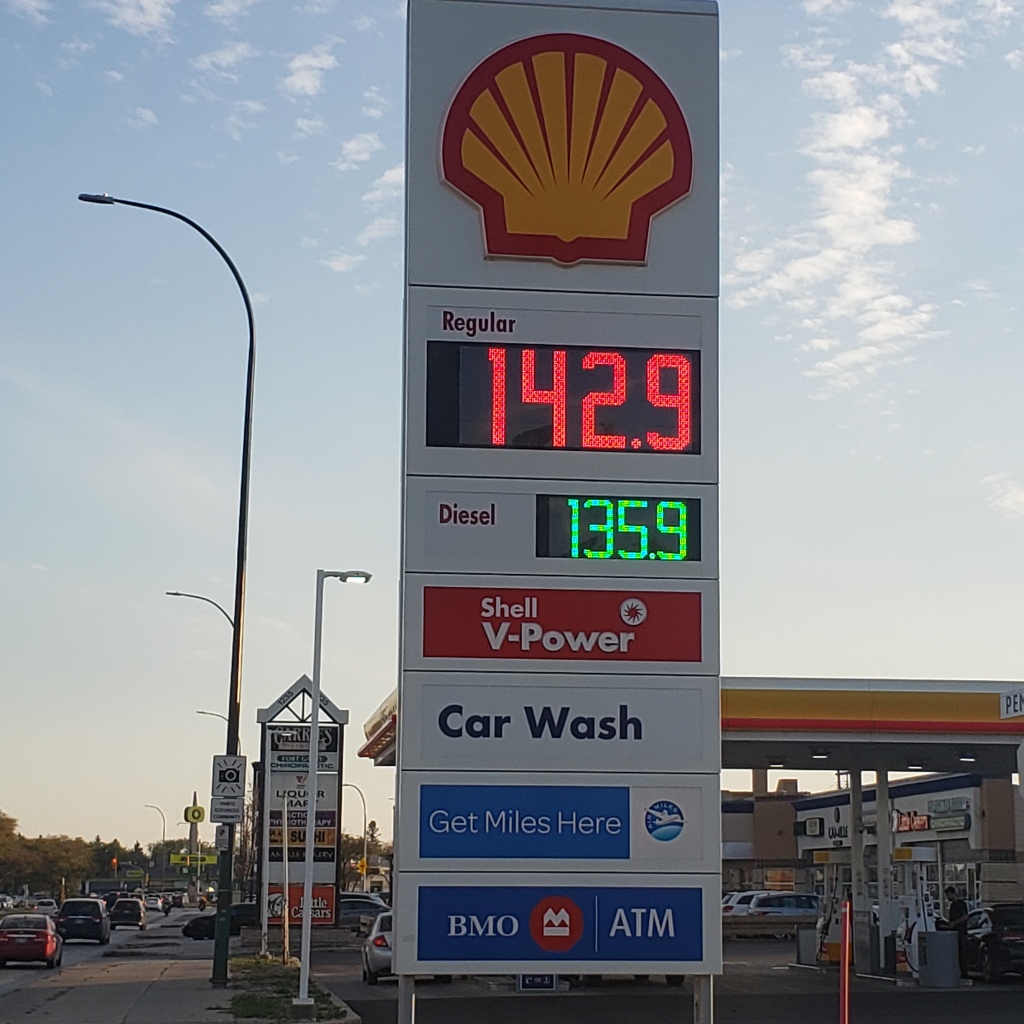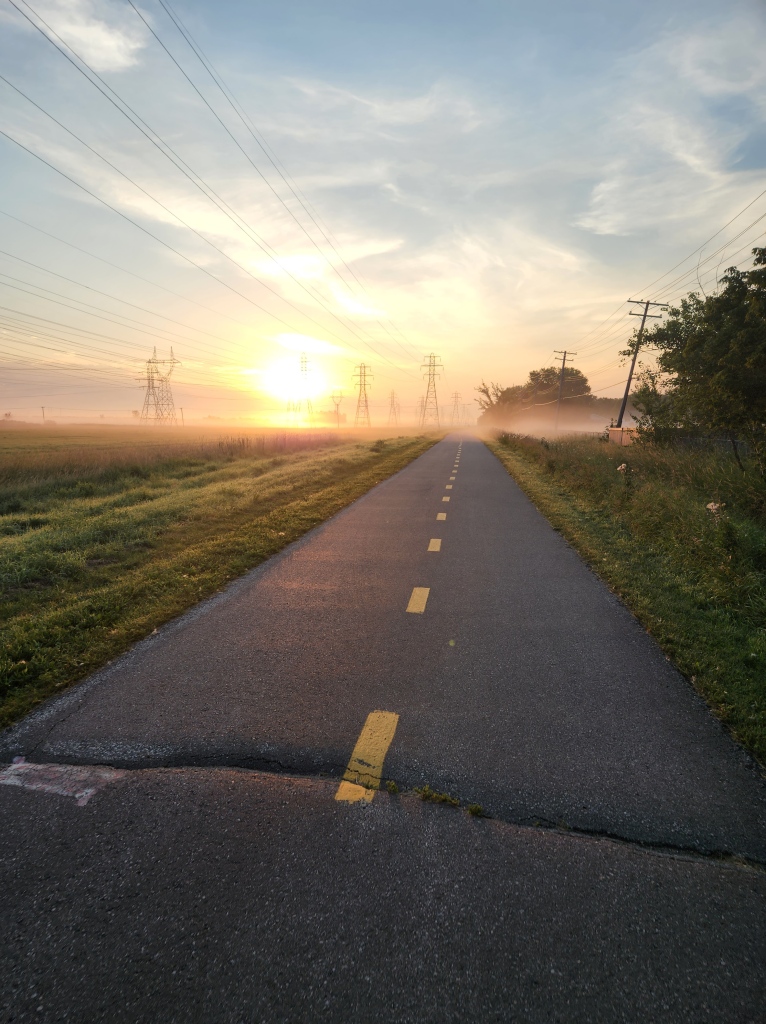
As summer starts to become fall, the colours of the leaves begin to change and have started falling. The warm weather will become colder, and eventually, winter will arrive. Labour Day will become Thanksgiving. Thanksgiving will become Remembrance Day. Remembrance Day will become Christmas and Boxing Day, leading to a new year, 2024. The last third of 2023 is upon us. Remember the previous eight months. Think about where you started vs. where you are now. How much have you improved, what else would you like to achieve for the remainder of the year, and slowly look forward to a fresh new start and new changes.
Also, these last four months of the year are a time to reflect on those loved ones we have lost and those still around. Please do not let bitterness hold back anything. See your parents, if they are still everywhere. Tell them you love them and are there for them. If one has passed on, do your best to keep in contact, whether it’s your mom or dad. See them once a week. Suppose you can’t try for at least every few weeks. And like I said, tell them you love them and will be there for them as much as possible.
It’s not easy at all to do this. No, it’s not, far from it. We all have busy lives, and we as humans, are far from perfect. We all have challenges, including raising our own families (if you do), commitments to spouses (again if you do for those who do), and work, volunteer, community and education commitments can all factor in. But do your best.
Try to reach out to siblings; keeping in touch with them is also essential.
Life is too short to complain. Life is too short not to say anything. Eventually, we all have an expiration date that we all meet, and our time will be up. It’s hard to admit this to ourselves. But eventually, you and I won’t be around here. We will have left (or try to) something for our families (if you have one) to cherish what we were here. If you don’t have one, try to leave something for your community or the world. We all owe it to go a bit of heaven on this Earth, despite the chaos, insanity, and the stalemate we all feel like we are in.
Make peace with your past to make every future moment great. Then go after what you want. And leave an impact on this world. Go at it with passion, like you are going after one last run at a major sports championship before setting off into the sunset. Because the last night will come, and once that sunset will be your last one, there will be no last sunrise.
As Mary Lou Retton said, “A trophy carries dust. Memories last forever.”.
